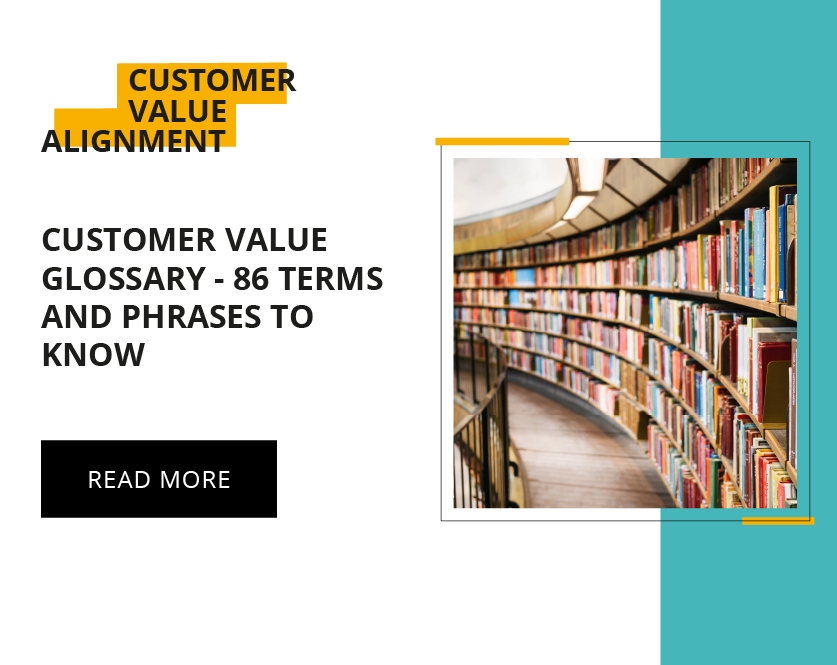After nearly ten years of helping large corporations understand their customers through Market Research – from project design to fielding and reporting – Peter Sooter was invited to lead the Customer Success team at Worthix. Meshing his market research expertise with the innovations Worthix is bringing to the market using AI. Peter told us more about how Worthix works under the hood.
DISCOVERING WORTHIX
At first glance, Worthix may seem very similar to market research projects or other surveys. A Worthix link is generated to be sent out to customers – usually via e-mail or SMS – inviting them to talk about their experiences. In order to gain an in-depth and well-rounded understanding of what different customers value, this link is sent to a demographically representative sample of customers, at various points of their journey.
Customers who accept the invitation will have a short, guided conversation around a set of stimuli questions that are researched, tested, and developed by Worthix, to explain what customers value. These questions aim to understand various aspects of what each individual customer values as they make the decision for a given product or service, framed to be timeless, capturing value through overarching decision drivers rather than measuring a specific aspect of a current fad.
There’s no better way to understand someone’s needs than asking them, which is why Worthix is heavily invested in finding and using questions that speak to underlying needs and that will lead to the most actionable responses.
The customer responses are then analyzed using Natural Language Processing (NLP) which is a form of AI that can understand conversations in order to group and organize the topics being discussed. Next, Worthix automatically compiles all the information received from customers and ranks it based on what is most likely to generate value, giving companies a concise, ordered list of where to focus their efforts.
WHO DOES WORTHIX SERVE?
Although all companies can benefit from a better understanding of what their customers value, Worthix’s framework works best when the following criteria are met:
- Large customer base: Worthix relies on machine learning and statistical analysis to find patterns, the more data – or in this case responses – available, the more reliable it becomes. Because of this, it is essential to have – at a very minimum – tens of thousands of customers who can be reached directly and invited to a dialogue with Worthix.
- Direct access to consumers: Companies that can access their customers directly can use Worthix more easily than manufacturers who rely on a middleman to complete the sale. For example, credit card companies have robust databases giving them direct access to their customers, while CPGs (Consumer Packaged Goods) rely on retailers to distribute their products and as such are generally unable to communicate with them directly.
- Customer demographics: Worthix is only one part of the puzzle, cross-referencing the Worthix output with existing customer information is the core to understanding what different customers value due to different needs. Understanding which groups of customers most value your product can help guide business decisions and prioritize efforts.
- High-touch product or service: Worthix works well with high-touch products as it makes it easy to monitor and implement changes continuously when customers are frequently making the decision to re-purchase or continue using. A product that is purchased infrequently – once a year or less, such as insurance, housing, vehicles, etc. – limits the ability of the company to continuously track what the customer values and make incremental improvements over time.
WHAT MAKES WORTHIX DIFFERENT
There are various ways to understand customer value, and Worthix has a unique take on this, primarily based on our framework of using overarching decision drivers. These drivers enable us to capture changes in the market without having to think of and develop new questions. This also makes it easy to keep a finger on the pulse of changes being made. If the company decides to implement a new strategy, based on what their customers are telling Worthix, the output can be monitored without changing the input.
Another aspect of Worthix that stands out is our NLP and statistical algorithms which automatically rank the output based on impact – how likely any experience mentioned is to cause a change in behavior. Today, most of the analysis being done on customer feedback is ranked by frequency – how often something is mentioned, but this is not always the cause of a change. For example, many people complain about airline prices or airport lines but continue to fly the same airline. On the other hand, if their belongings are destroyed it may drastically reduce the chances of using that airline again.
USE CASE
One of our customers is an online marketplace and has been using Worthix to track their customer’s value for the past several years. They have noticed different needs and flows based on circumstances, including major changes in expectations as we tracked value during the global COVID-19 pandemic and as things came back to a sense of normalcy.
This company had plenty of analytics to help them understand their CAC (Customer Acquisition Cost), but it was unclear why some customers re-purchase continually, increasing their LTV (Lifetime Value), while others seemed to purchase only once, not making up for their cost of acquisition.
When filtering their Worthix output by customers who had made only 1 purchase in comparison to those who had made 3 or more purchases, one experience immediately bubbled to the top of the first group, shipping delays. Customers who did not have any type of delay with their 1st delivery were 2.5x more likely to shop again, driving their LTV up significantly, even when they did have some delays in subsequent purchases.
Due to this, they were able to work with their merchants and delivery partners to prioritize 1st time customers and maximize the likelihood of them receiving their products on time, while also improving their delivery estimates for locations that were harder to reach, so customers could have a more reliable delivery time estimate.
ADDITIONAL BENEFITS OF WORKING WITH WORTHIX
Worthix provides value for management at all levels of a company, as a metric that takes into account, both conscious and subconscious, aspects behind the decision to buy. Some of our retail clients have created a view exclusive to store managers, empowering them to focus on what is unique to their store and helping them maximize the likelihood of a customer finding value in shopping there based on metrics they can personally track and improve.
The marketing department from the same company can hone in on the brand values that customers recognize them for and highlight their strengths at a more macro level. By having all customer perceptions ranked using the same scale, using the same framework, it makes it much easier to have all hands on the same deck, pulling in the same direction and backed by measurable outputs.
Track your value with the world’s only Customer Value Alignment Platform


